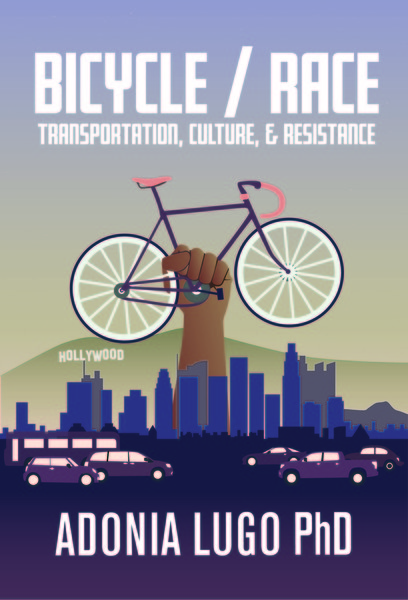An odd feature of the sustainability movement is that it brings together
people who promote market-driven solutions for environmental problems
and people who know that market-driven solutions can hurt communities.
Right now I'm working on a series with one of my main thinking partners, Allison Mannos, that looks at the displacement effect, or what anthropologist Melissa Checker has called "environmental gentrification," in sustainable urban development. Our first piece went up on LA Streetsblog today. More and more studies are showing that displacement in livable neighborhoods is not a coincidence; it happens because some people benefit from property values driven up by the marketability of green amenities and some people do not.
In Seattle, environmental justice group Puget Sound Sage recently released a report on the need for racially just outcomes in transit-oriented development. They found that transit-riding communities of color are leaving the Rainier Valley area for more affordable suburbs and wealthier people are moving in from suburbs and bringing their cars, at the same time that the local transit authority is investing in development along a new light rail line. Seattle frequently refers to the Rainier Valley zip code 98118 as the "most diverse in the United States," but this appears to be changing.
While it may be possible to write off displacement as an externality in private development, we need to speak up when it takes place through public investments that are supposed to benefit society at large, such as bike infrastructure projects and transit-oriented development. Sustainability usually refers to ecology and economy, but the need to sustain our diverse urban places should also be in the foreground. When we lose diversity, we take away our opportunities to learn about other ways of life, to become comfortable in integrated neighborhoods. Americans need more of these opportunities, not fewer.

